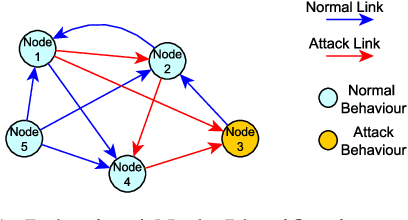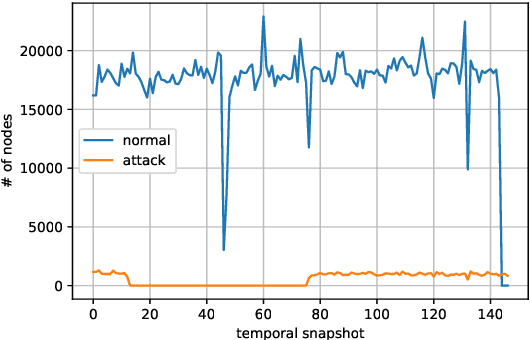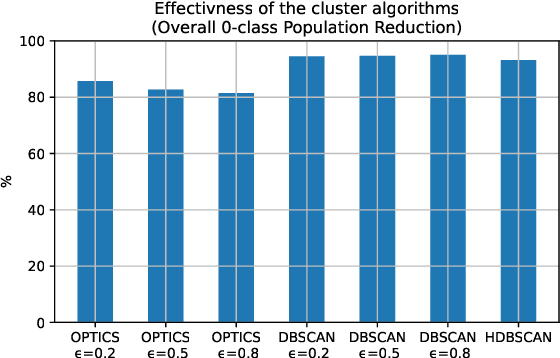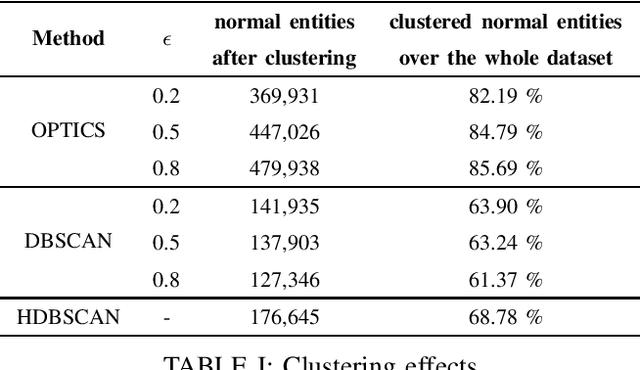Lander Segurola
Enhancing Law Enforcement Training: A Gamified Approach to Detecting Terrorism Financing
Mar 20, 2024



Abstract:Tools for fighting cyber-criminal activities using new technologies are promoted and deployed every day. However, too often, they are unnecessarily complex and hard to use, requiring deep domain and technical knowledge. These characteristics often limit the engagement of law enforcement and end-users in these technologies that, despite their potential, remain misunderstood. For this reason, in this study, we describe our experience in combining learning and training methods and the potential benefits of gamification to enhance technology transfer and increase adult learning. In fact, in this case, participants are experienced practitioners in professions/industries that are exposed to terrorism financing (such as Law Enforcement Officers, Financial Investigation Officers, private investigators, etc.) We define training activities on different levels for increasing the exchange of information about new trends and criminal modus operandi among and within law enforcement agencies, intensifying cross-border cooperation and supporting efforts to combat and prevent terrorism funding activities. On the other hand, a game (hackathon) is designed to address realistic challenges related to the dark net, crypto assets, new payment systems and dark web marketplaces that could be used for terrorist activities. The entire methodology was evaluated using quizzes, contest results, and engagement metrics. In particular, training events show about 60% of participants complete the 11-week training course, while the Hackathon results, gathered in two pilot studies (Madrid and The Hague), show increasing expertise among the participants (progression in the achieved points on average). At the same time, more than 70% of participants positively evaluate the use of the gamification approach, and more than 85% of them consider the implemented Use Cases suitable for their investigations.
Temporal graph-based approach for behavioural entity classification
May 11, 2021



Abstract:Graph-based analyses have gained a lot of relevance in the past years due to their high potential in describing complex systems by detailing the actors involved, their relations and their behaviours. Nevertheless, in scenarios where these aspects are evolving over time, it is not easy to extract valuable information or to characterize correctly all the actors. In this study, a two phased approach for exploiting the potential of graph structures in the cybersecurity domain is presented. The main idea is to convert a network classification problem into a graph-based behavioural one. We extract these graph structures that can represent the evolution of both normal and attack entities and apply a temporal dissection approach in order to highlight their micro-dynamics. Further, three clustering techniques are applied to the normal entities in order to aggregate similar behaviours, mitigate the imbalance problem and reduce noisy data. Our approach suggests the implementation of two promising deep learning paradigms for entity classification based on Graph Convolutional Networks.
 Add to Chrome
Add to Chrome Add to Firefox
Add to Firefox Add to Edge
Add to Edge